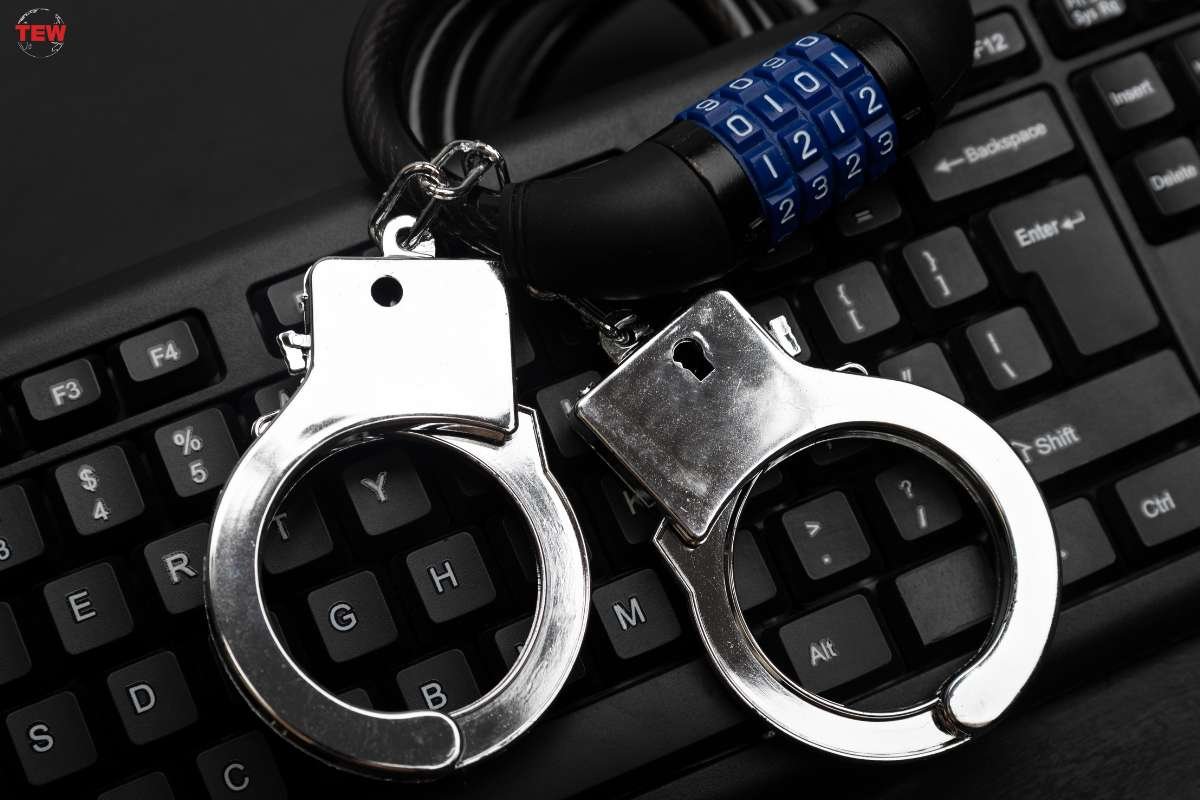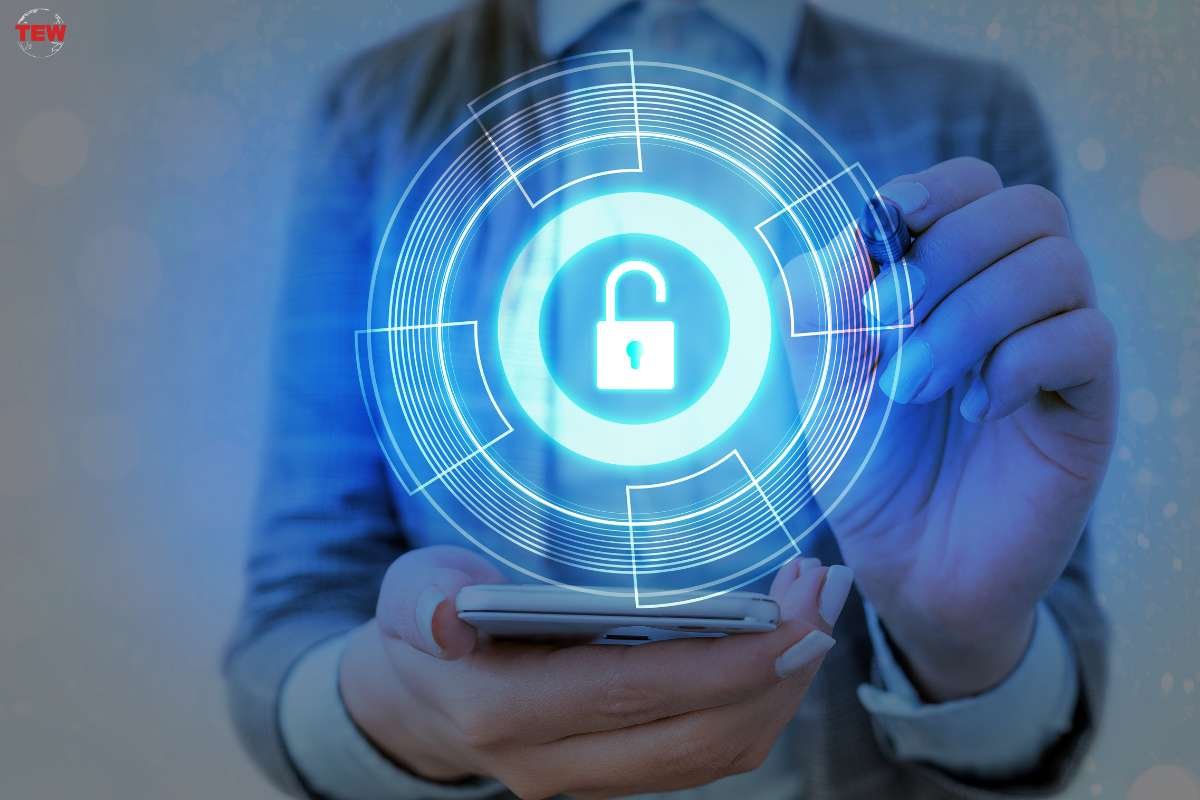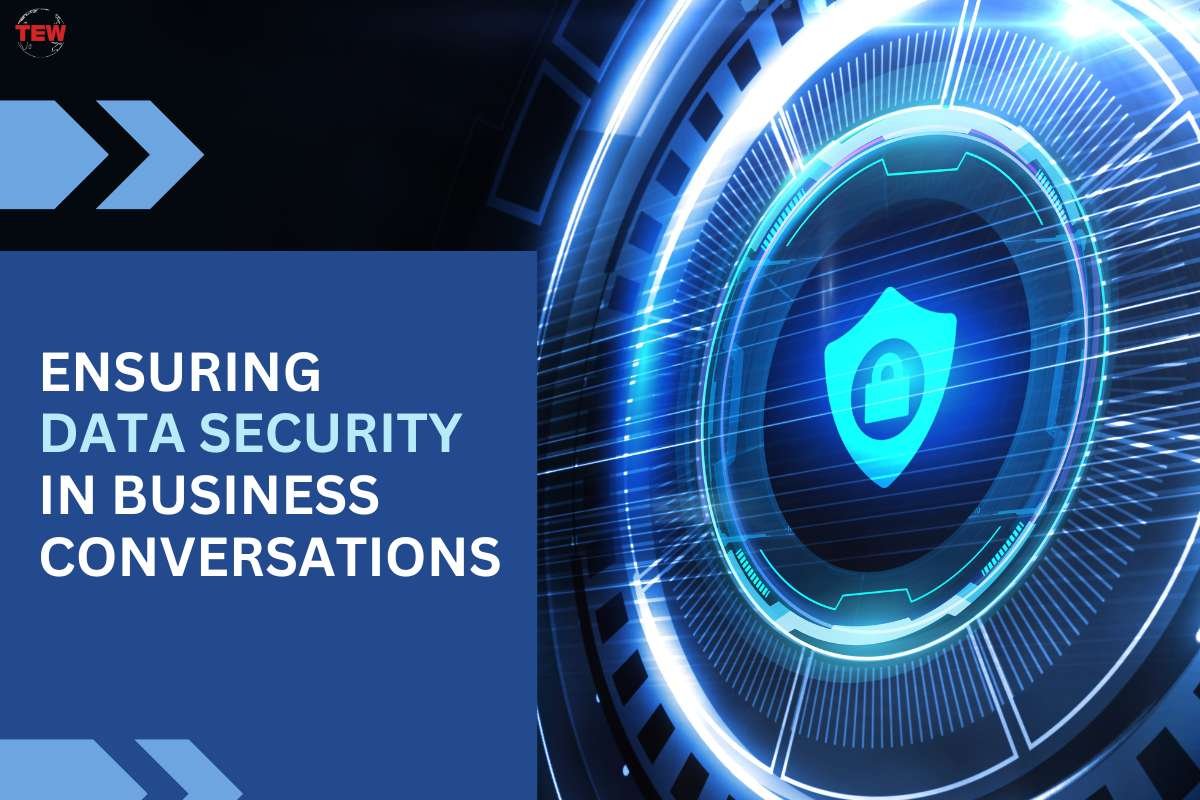In today’s digital landscape, safeguarding your enterprise extends beyond physical locks and safes. Our data, and the threats to its security, have migrated to the online realm—subtle yet potentially devastating for your business if unaddressed. Nevertheless, with straightforward measures, such communication security oversights are often avoidable, safeguarding against costly data violations.
Effective security protocols for communication channels are integral. They empower teams to collaborate and work efficiently while securing their virtual interactions. From mobile management to cloud infrastructure to video software, various tools come with built-in communication security amenities. The challenge lies in recognizing and activating these protective features.
7 Communication Security Strategies for Organizations:
1. Strong Encryption
Protecting sensitive data begins with robust encryption techniques. Ensure that your secure communication system for business incorporates S/MIME encryption, alongside adherence to communication security protocols such as DMARC, DKIM, and SPF.
Compromise of servers engaged in managing encrypted email transactions, document hosting, or signatures poses risks. Nevertheless, with stringent encryption standards applied, your confidential information retains its security shield.
2. Regulatory Compliance

Global organizations are increasingly mobilizing to safeguard consumer personal information. Governments worldwide are swiftly enacting new laws to secure such data. Among the significant regulations impacting call centers, we can highlight the following:
- PCI DSS insists on curtailing the storage time of credit card details. Recording the communication security code on cards’ reverse sides is also regulated strictly.
- Under HIPAA, protecting health-related data becomes obligatory, relevant particularly during data handling or exchanges.
- GDPR roots itself in European legislation but casts a vast international net over handling EU citizens’ personal information.
- California’s own CCPA shares GDPR’s intent. It mandates transparent governance over personal data, mirroring Europe’s stringent requirements.
3. Recording Conversations
There are many arguments in favor of why a business needs a record phone call. This data can be analyzed to gather valuable information about employee performance, identify areas for business improvement, and be protected from legal charges. Although there are business communication systems that allow you to record conversations, there is an easier way – an app to record phone calls. To figure out how to record phone calls iPhone, you may need additional instructions. But in general, from familiarization to the start of active work it is unlikely to take more than 5 minutes. An application such as Call Recorder for iPhone has a low entry barrier, even a free trial period.
4. Train Your Staff
It’s essential to start with comprehensive communication security training for all employees. Secure passwords are a must, they need to be set up. Identify and protect data accordingly. Only share sensitive details when absolutely necessary. A solid foundation in knowledge management, rooted in security, is critical for your company’s safety. Remember, what seems like common sense might not be widespread.
5. Preventing Unauthorized Access

To maintain secure communication within a system, it is imperative to enforce robust access controls. These safeguards are not only crucial for protecting sensitive communications but also vital for adhering to stringent data sovereignty regulations. Elevated levels of communication security clearance are necessary for personnel to access certain categories of confidential information, including a user’s full name and other personal identifiers.
Secure exchanges between parties can be facilitated by the implementation of multi-factor authentication. This strategy serves as a formidable barrier against unauthorized listening, data theft, and the dissemination of false information. There are instances where individuals lacking authentication need to participate in discussions. For such scenarios, it is essential to have a mechanism in place that vigilantly screens these individuals—empowering users to discern and decide on whether to permit or prohibit their participation in these private communications
6. Keeping All Devices and Systems Up-to-Date
Security updates are essential for any tech gear your company relies on. That includes everything from the desktop PCs at headquarters, to the staff’s individual notebooks, right down to the range of mobile devices in play. It’s all about defense—bulletproofing your operation against cyber threats that could compromise both your enterprise and your customers.
It’s savvy to have tech experts on speed dial, whether that means an internal squad of IT wizards or an external crew of tech gurus, tasked with keeping your key gadgets current. They’re the ones issuing those update alerts to your team, complete with idiot-proof steps for a smooth software upgrade. Investing in cutting-edge security is smart business—it’s non-negotiable if you aim to keep the digital doors locked tight. Continuous vigilance is the name of the game.
7. Deactivate Unused Devices

Cultivating the practice of powering off devices linked to your unified communication system, or UC, is wise when idle. Likewise, coaching your team to log off or exit UC applications once they’re done is crucial. Why? Because apps and gadgets left active, whether attended or not, become tantalizing targets for cyber intruders.
Conclusion
The issue of communication security should be raised in any type of business, not only in those where there are high requirements for data security. The need for secure communication arises due to trade secrets and working with customer data. The very first information leak will undermine trust on the part of customers and partners, which is difficult to restore. Therefore, it is better to take the necessary measures and protect the sphere of communication in business with modern technologies.




